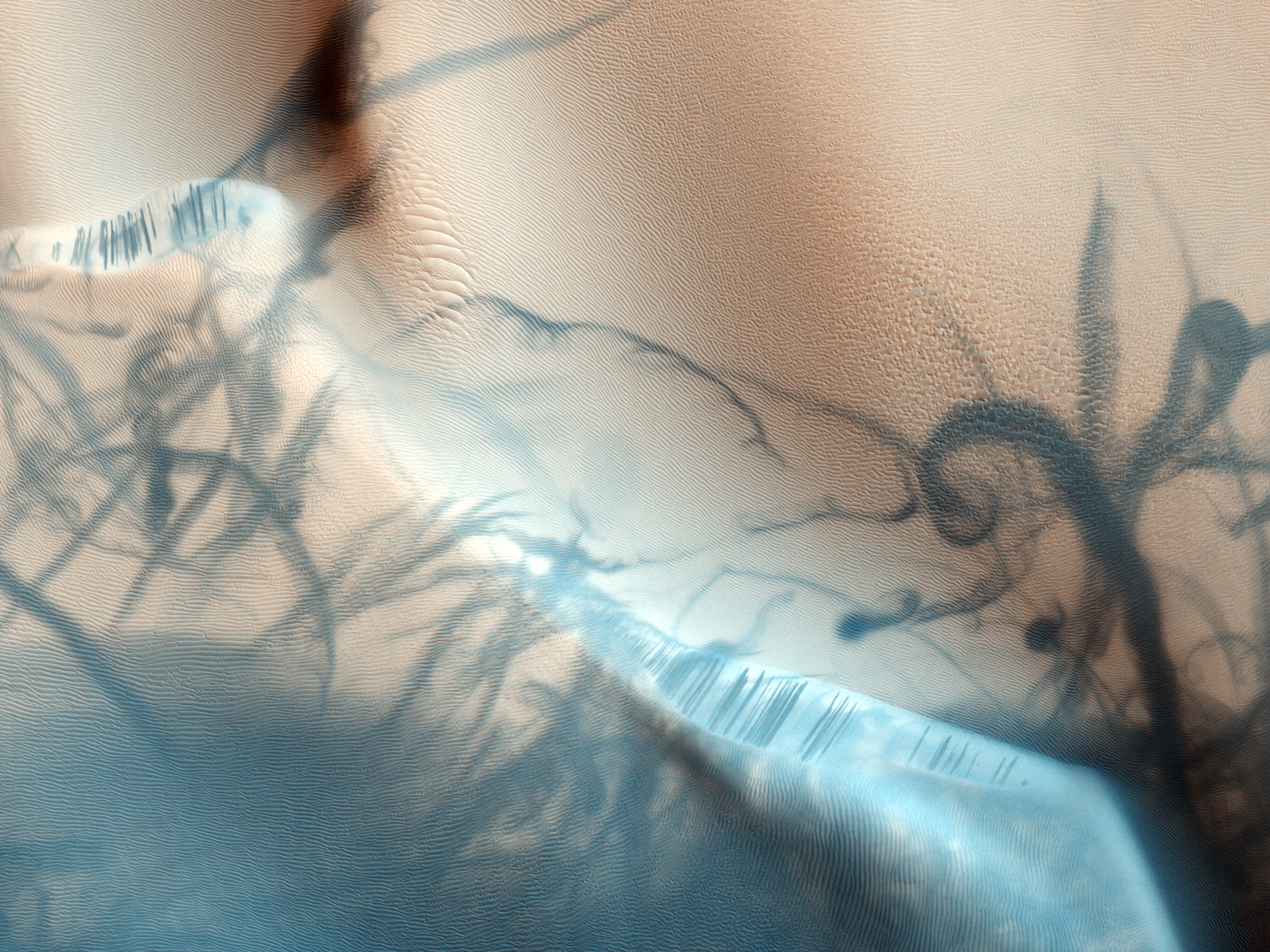|
Asopus Vallis
Asopus Vallis is a valley in the Memnonia quadrangle The Memnonia quadrangle is one of a series of 30 quadrangle maps of Mars used by the United States Geological Survey (USGS) Astrogeology Research Program. The Memnonia quadrangle is also referred to as MC-16 (Mars Chart-16). The quadrangle is ... on Mars, located at 4.4° south latitude and 149.7° west longitude. It is 33 km long and was named after a classical name for the modern Boeotian Asopus river in Greece. References Valleys and canyons on Mars Memnonia quadrangle {{Mars-stub ... [...More Info...] [...Related Items...] OR: [Wikipedia] [Google] [Baidu] |
Asopus Vallis
Asopus Vallis is a valley in the Memnonia quadrangle The Memnonia quadrangle is one of a series of 30 quadrangle maps of Mars used by the United States Geological Survey (USGS) Astrogeology Research Program. The Memnonia quadrangle is also referred to as MC-16 (Mars Chart-16). The quadrangle is ... on Mars, located at 4.4° south latitude and 149.7° west longitude. It is 33 km long and was named after a classical name for the modern Boeotian Asopus river in Greece. References Valleys and canyons on Mars Memnonia quadrangle {{Mars-stub ... [...More Info...] [...Related Items...] OR: [Wikipedia] [Google] [Baidu] |
HiRISE
High Resolution Imaging Science Experiment is a camera on board the ''Mars Reconnaissance Orbiter'' which has been orbiting and studying Mars since 2006. The 65 kg (143 lb), US$40 million instrument was built under the direction of the University of Arizona's Lunar and Planetary Laboratory by Ball Aerospace & Technologies Corp. It consists of a 0.5m (19.7 in) aperture reflecting telescope, the largest so far of any deep space mission, which allows it to take pictures of Mars with resolutions of 0.3m/pixel (1ft/pixel), resolving objects below a meter across. HiRISE has imaged Mars exploration rovers on the surface, including the ''Opportunity'' rover and the ongoing ''Curiosity'' mission. History In the late 1980s, of Ball Aerospace & Technologies began planning the kind of high-resolution imaging needed to support sample return and surface exploration of Mars. In early 2001 he teamed up with Alfred McEwen of the University of Arizona to propose such a c ... [...More Info...] [...Related Items...] OR: [Wikipedia] [Google] [Baidu] |
Memnonia Quadrangle
The Memnonia quadrangle is one of a series of 30 quadrangle maps of Mars used by the United States Geological Survey (USGS) Astrogeology Research Program. The Memnonia quadrangle is also referred to as MC-16 (Mars Chart-16). The quadrangle is a region of Mars that covers latitude -30° to 0° and longitude 135° to 180°. The western part of Memnonia is a highly cratered highland region that exhibits a large range of crater degradation. Memnonia includes these topographical regions of Mars: * Arcadia Planitia * Amazonis Planitia * Lucus Planum * Terra Sirenum * Daedalia Planum * Terra Cimmeria Recently, evidence of water was found in the area. Layered sedimentary rocks were found in the wall and floor of Columbus Crater. These rocks could have been deposited by water or by wind. Hydrated minerals were found in some of the layers, so water may have been involved. Many ancient river valleys including Mangala Vallis, have been found in the Memnonia quadrangle. Mangala app ... [...More Info...] [...Related Items...] OR: [Wikipedia] [Google] [Baidu] |
Asopus
Asopus (; grc, Ἀ̄σωπός ''Āsōpos'') is the name of four different rivers in Greece and one in Turkey. In Greek mythology, it was also the name of the gods of those rivers. Zeus carried off Aegina, Asopus' daughter, and Sisyphus, who had witnessed the act, told Asopus that he could reveal the identity of the person who had abducted Aegina, but in return Asopus would have to provide a perennial fountain of water at Corinth, Sisyphus' city. Accordingly, Asopus produced a fountain at Corinth, and pursued Zeus, but had to retreat for fear of Zeus' terrible thunderbolt. Rivers The rivers in Greece #Asopos (Boeotia), a river of Boeotia originating on Mt. Cithaeron and flowing through the district of Plataea into the Euripus Strait. #Asopos (Corinthia) or Phliasian Asopus, originating in Phliasian territory and flowing through Sicyonian territory into the Gulf of Corinth near Sicyon. Pausanias mentions that Phliasians and Sicyonians claimed that its source was in fact the Phr ... [...More Info...] [...Related Items...] OR: [Wikipedia] [Google] [Baidu] |
Valleys And Canyons On Mars
A valley is an elongated low area often running between hills or mountains, which will typically contain a river or stream running from one end to the other. Most valleys are formed by erosion of the land surface by rivers or streams over a very long period. Some valleys are formed through erosion by glacial ice. These glaciers may remain present in valleys in high mountains or polar areas. At lower latitudes and altitudes, these glacially formed valleys may have been created or enlarged during ice ages but now are ice-free and occupied by streams or rivers. In desert areas, valleys may be entirely dry or carry a watercourse only rarely. In areas of limestone bedrock, dry valleys may also result from drainage now taking place underground rather than at the surface. Rift valleys arise principally from earth movements, rather than erosion. Many different types of valleys are described by geographers, using terms that may be global in use or else applied only locally. For ... [...More Info...] [...Related Items...] OR: [Wikipedia] [Google] [Baidu] |


